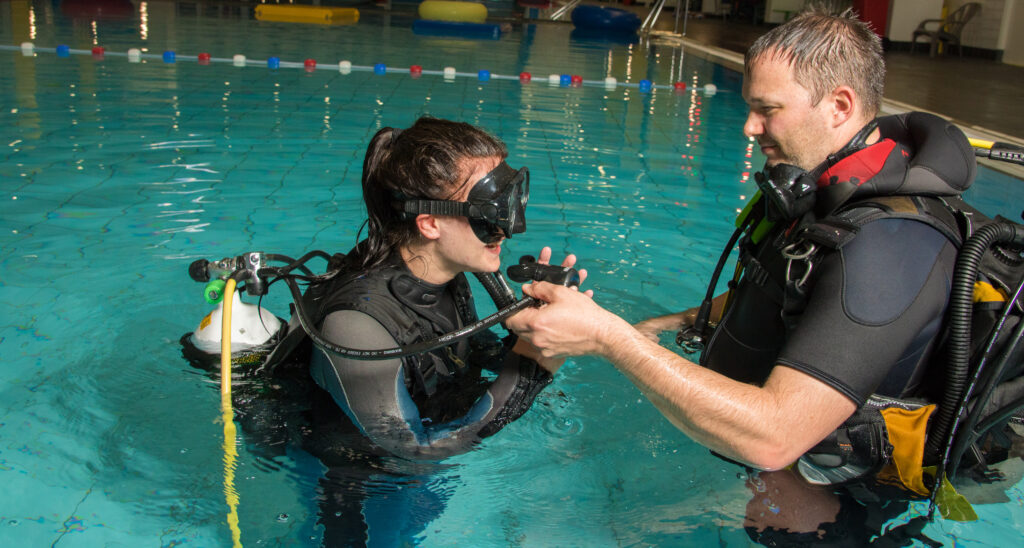I have long had the feeling that a lot of the first decades of instruction involved a wide variety of instructional programs and techniques, and I feel it is very likely that individual instructors probably fought hard against any kind of standardization. I believe that in part because for a number of years my job was to teach innovative instructional techniques to high school teachers, and many of the those teachers made it damned clear that nobody was going to tell them how to teach.
Here are some tidbits from the world of scuba.
- One of the origins of instruction was the Scripps Institute in California, which in the early 1950s created an instructional program out of nothing in response to the death of a scuba diver. Other people began to teach scuba elsewhere, creating their own programs from their own ideas. Many had learned in the navy.
- Los Angeles County created a program based on the Scripps model, sending Al Tillman to Scripps to learn out how they did it.
- Tillman and others then tried to create a national program, which eventually became NAUI.
- According to the History of NAUI written by NAUI founders Al Tillman, et. al., in the seminal meeting in Houston , they brought in instructors from across the land, and these instructors brought their own ideas and methods. For example, Tillman wrote that the Los Angeles people were surprised to see dome of them harassing students by ripping off masks, turning off air, etc. They themselves did not approve, and felt it was done more for the amusement of the instructor than the education of the student.
- NAUI was then formed basically on the Scripps/Los Angeles model, but individual instructors were allowed to add to it as they saw fit. Students from that era may have gotten very different instruction, depending upon the instructor. You may think ripping off masks was how all scuba was once taught, but it wasn't.
- The YMCA had a similar issue, one that eventually led to the end of the program. Individual YMCA's fiercely defended the way they did things, and the organization did not have the central power to make things different.
- When I started tech training, the instruction was technically TDI, but the instructor flat out said that he would ignore the TDI standards and teach according to the GUE model. We students had no idea what we had to do to complete any of the courses--we just had to wait until the instructor announced that we had completed Advanced Nitrox, Decompression Procedures, etc. I was pissed, but when I contacted TDI headquarters, they saw nothing wrong with it. As long as the instruction met minimum TDI standards, they didn't care what else he taught us or made us do.
- A full 14 years ago, PADI published our article on teaching OW students while neutrally buoyant. I was told privately that they were phasing it in, and it would soon be the norm. It still isn't the norm. A few years ago SDI announced that instructors were now required to teach OW classes while neutrally buoyant. That turned out not to be true. SSI people said much the same thing. They were wrong, too.
As I said in my introduction, instructors do not like being told what to do, and thy will fight back tooth and nail. As an organization, you may feel the need to back down.




